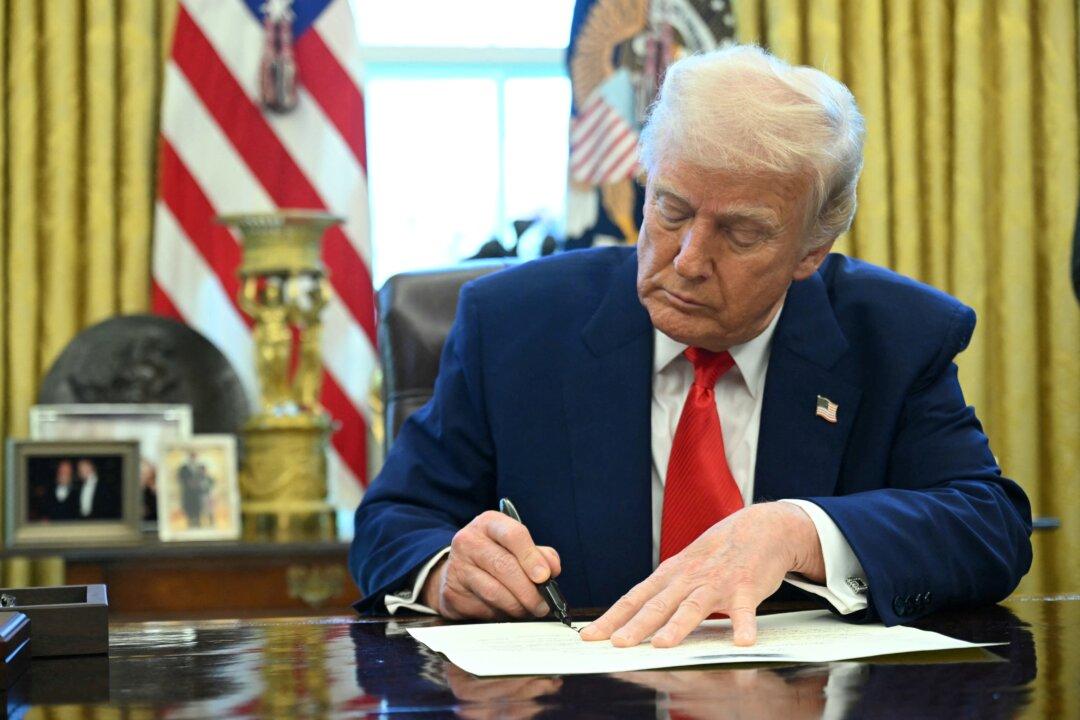Japan began releasing a second batch of treated wastewater from the tsunami-wrecked Fukushima nuclear power plant into the sea on Thursday despite the first round facing strong opposition from China.
The estimated daily discharge is 460 tons. The concentration level of tritium in the second batch falls below the operational limit of 1,500 becquerels per liter, at 87 becquerels, according to the plant operator. A becquerel is a unit of radioactivity.
TEPCO said there have been no abnormalities in tritium or other radioactive substance levels detected in seawater near the nuclear power plant since the first release between Aug. 24 and Sept. 11.
“So far, we are strictly following the procedures, and everything is moving smoothly as planned,” TEPCO spokesperson Keisuke Matsuo told reporters.
Speaking to reporters in Malaysia on Wednesday, Japan’s Agriculture Minister Ichiro Miyashita said that the Japanese government was hoping to find a resolution to China’s ban on its seafood imports.
“We are undecided whether to file a complaint (about China’s export ban) to the [World Trade Organization] immediately. At any rate, we hope to find a resolution within the WTO framework,” Mr. Miyashita said.
The minister said that Japan’s vigorous monitoring since the discharge showed negligible impact on its seafood and agricultural products. All seawater and fish sampling data since the release have been well below set safety limits, he said.
Seafood accounts for a small portion of Japan’s overall trade, but the ban has hit exporters hard as China was the top destination for Japanese seafood exports, accounting for 22.5 percent of its total seafood market.
Chinese Boats Catch Seafood Off Japan’s Coast
Meanwhile, Chinese fishing vessels have reportedly been catching fish near Japan’s coast even though the Chinese authorities had cited safety concerns as the reason for its ban on Japan’s seafood imports.
During the period of water discharge from the Fukushima nuclear power plant, there were about 146 to 167 fishing vessels per day fishing together with the Japanese fishing vessels, capturing seafood such as swordfish, mackerel, sardines, and more, as identified by the Global Fishing Watch system.
U.S. ambassador to Japan Rahm Emanuel has previously accused China of using “economic coercion” against Japan. He said China imposed a ban on Japanese seafood while Chinese boats continued to fish off Japan’s coast.
“For instance, the amount of tritium to be released annually from [Fukushima Daiichi Nuclear Power Station] is approximately one-tenth of the amount of tritium released from Qinshan Nuclear Power Plant in China,” Japan’s Foreign Ministry stated.
“China adopted the measure to suspend the import of all aquatic products from Japan notwithstanding the above-mentioned scientific information provided by Japan. Thus, China’s implementation of the measure cannot be regarded as being based on scientific principles,” it added.
The International Atomic Energy Agency (IAEA) has said that Japan’s procedures were safe and complied with internationally accepted nuclear safety standards.







